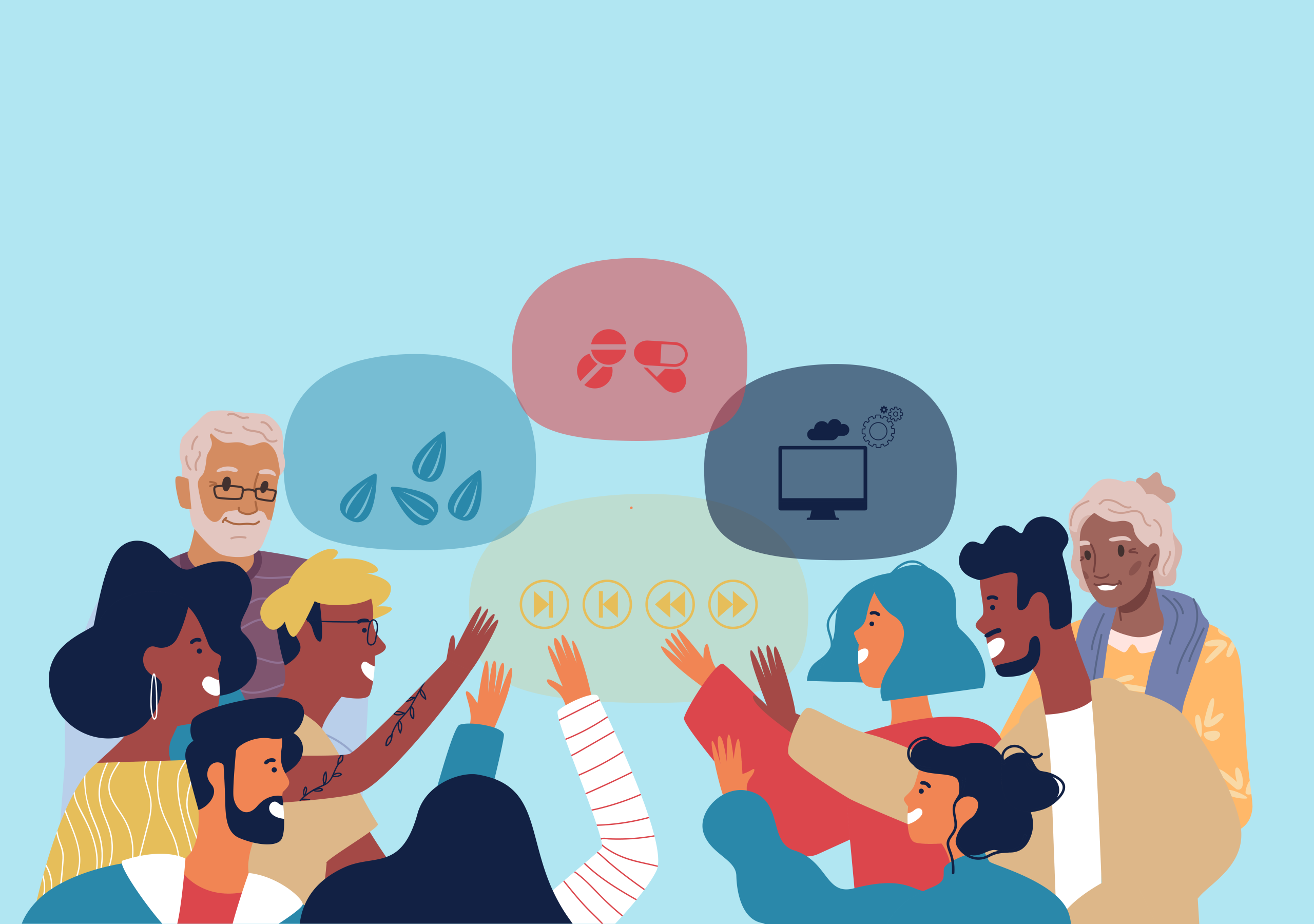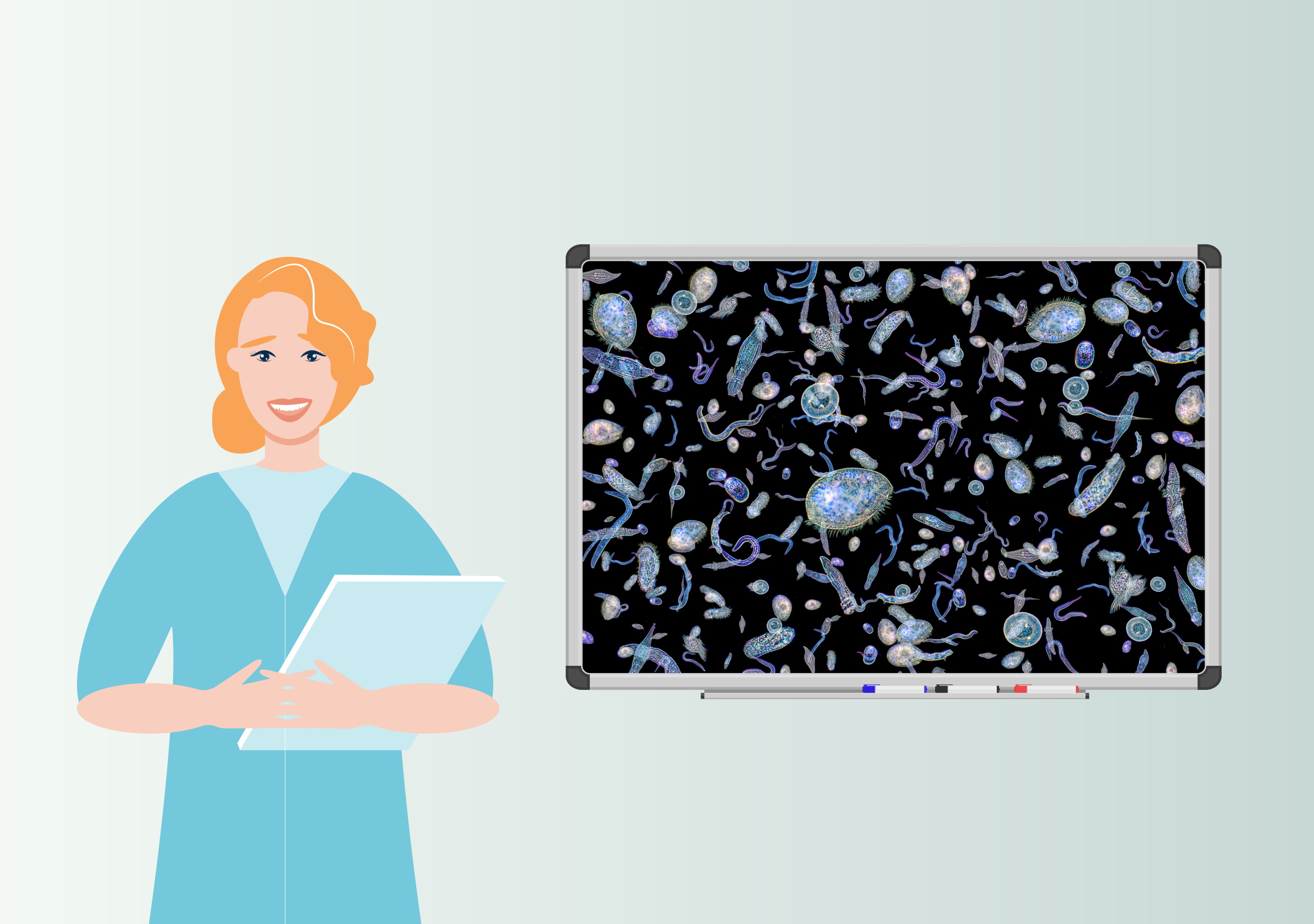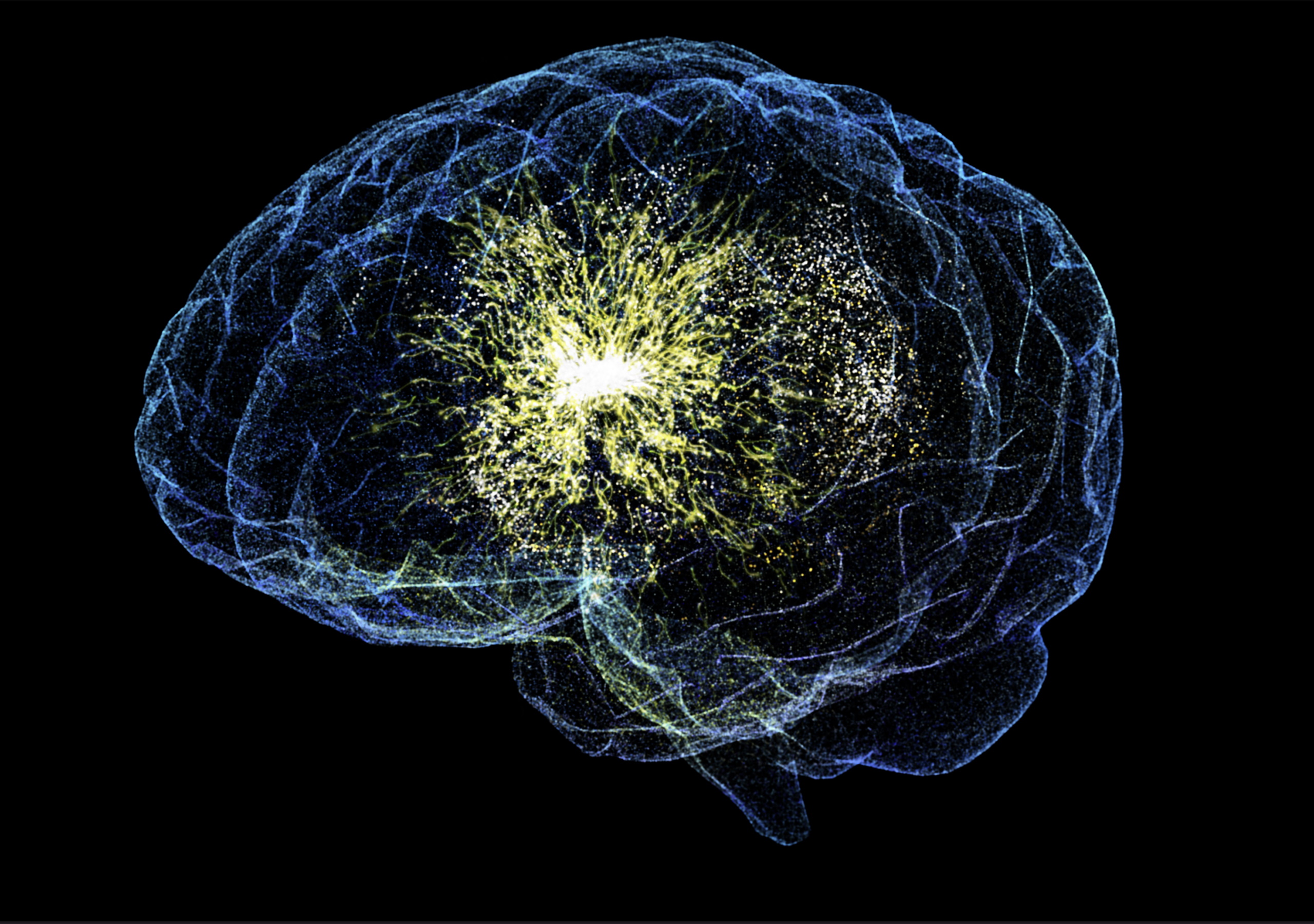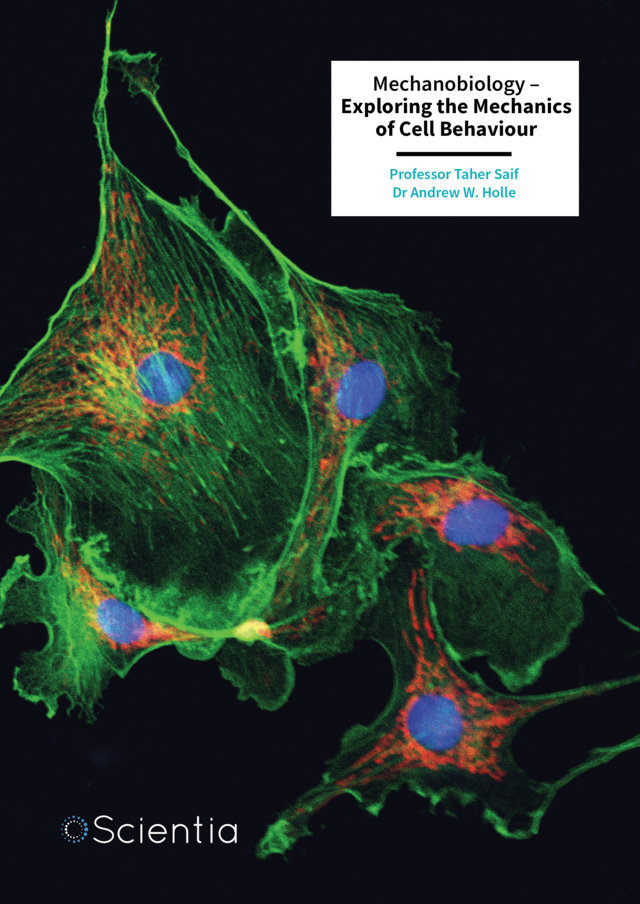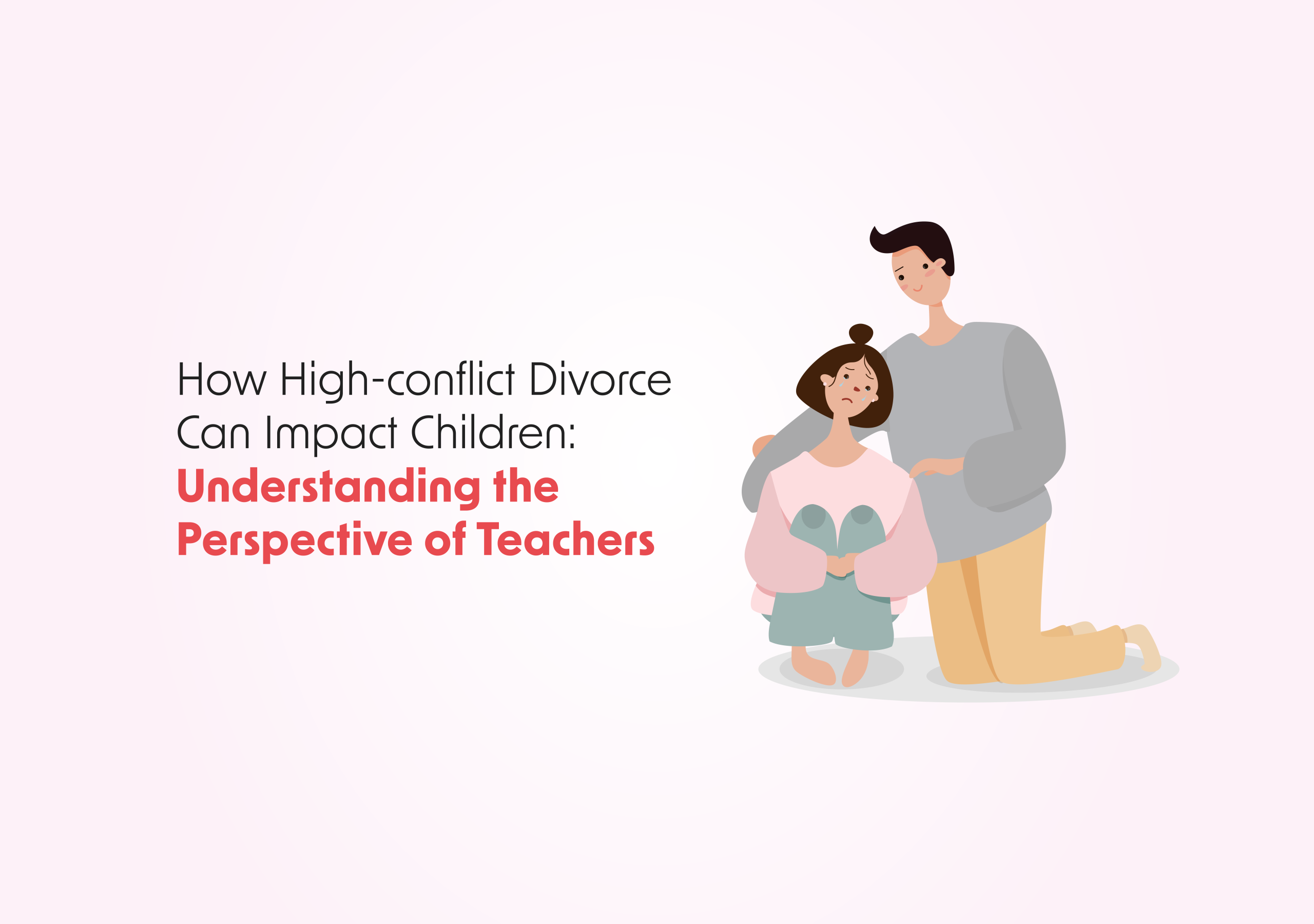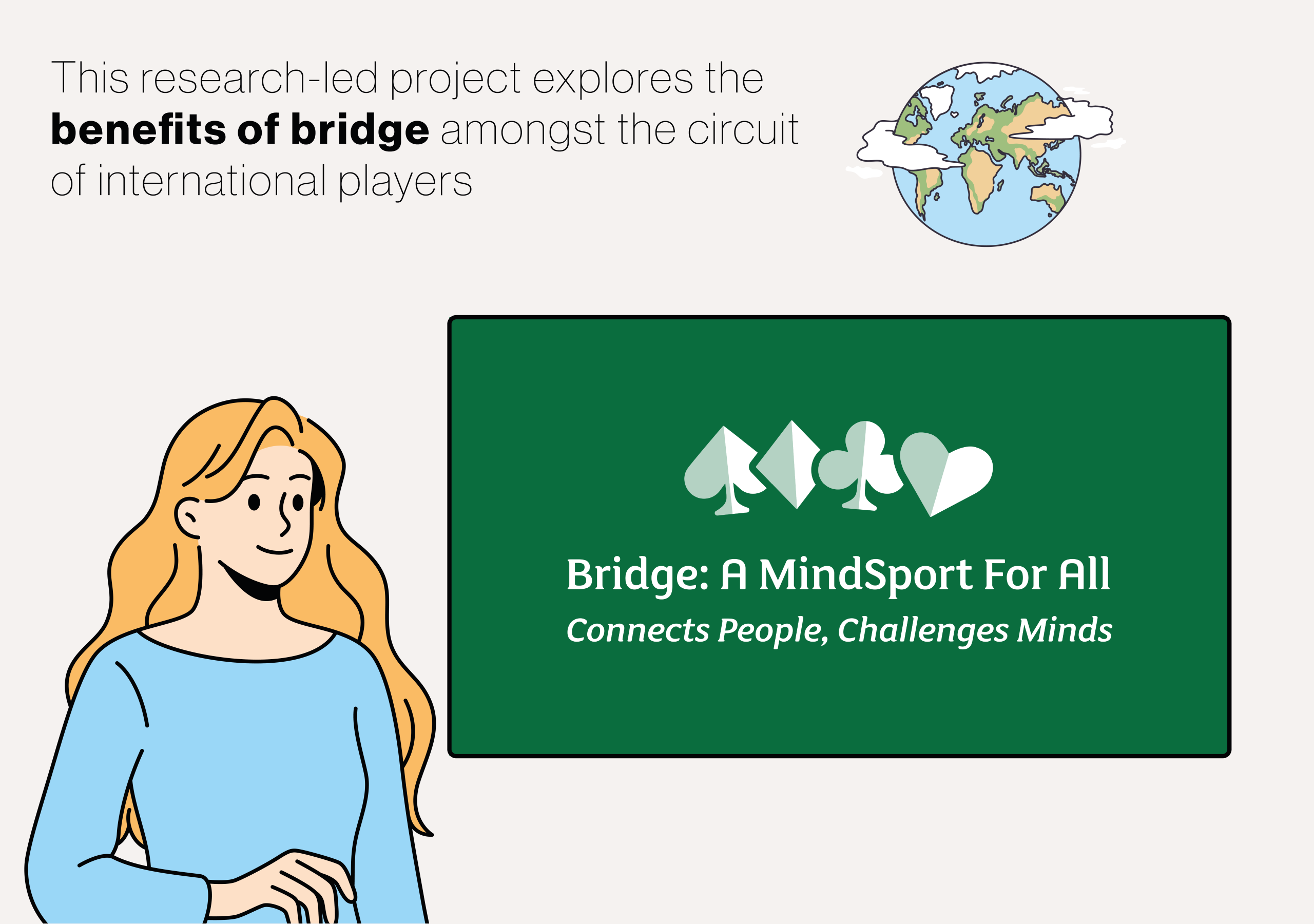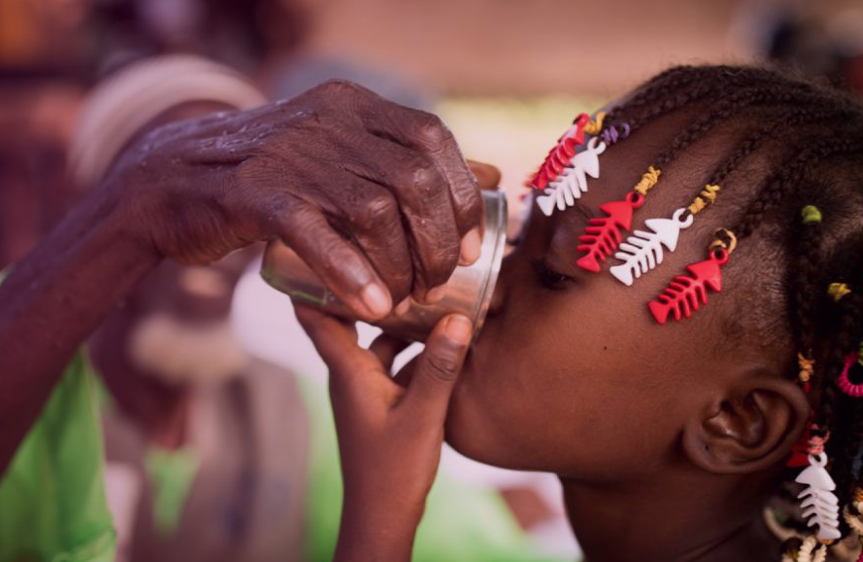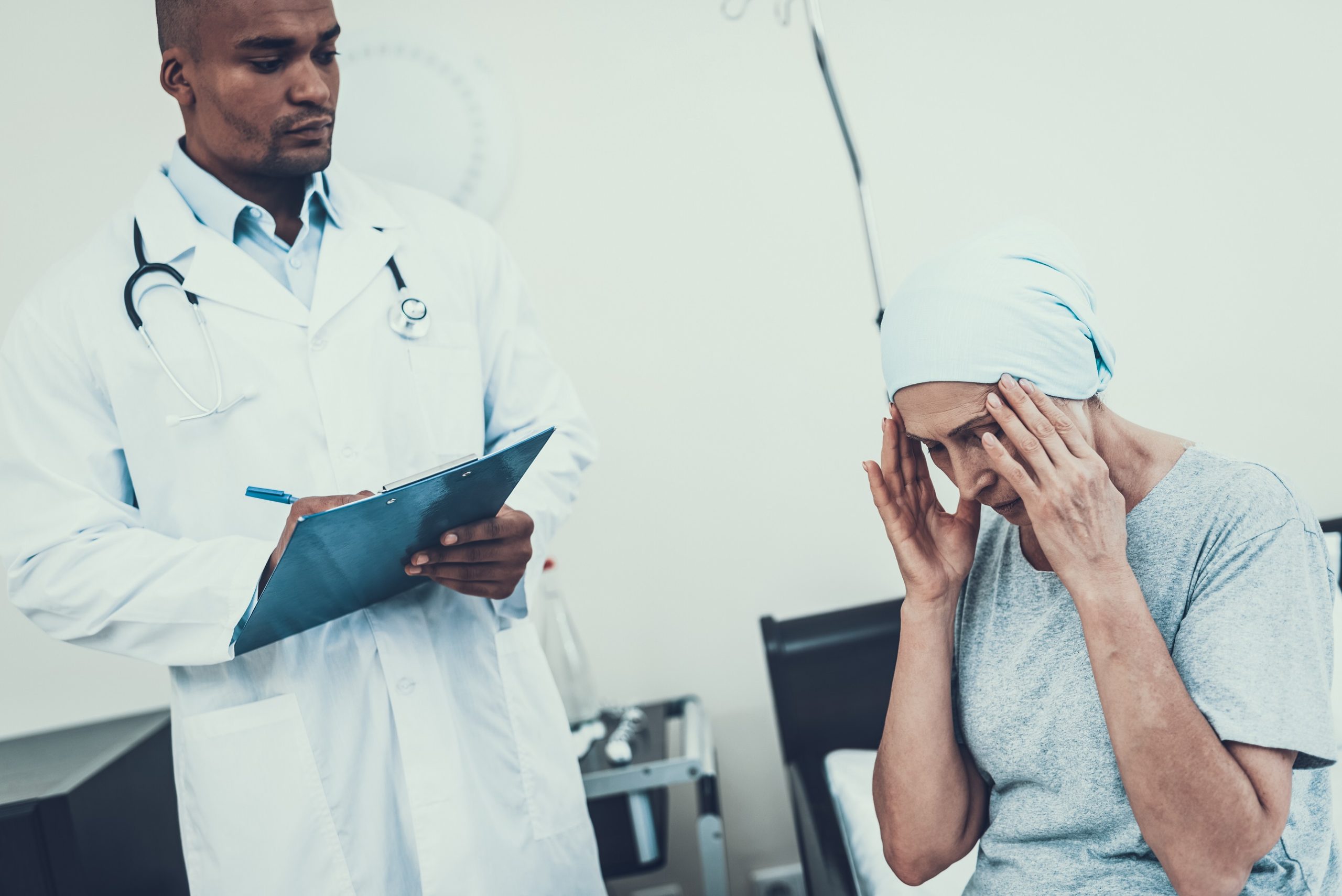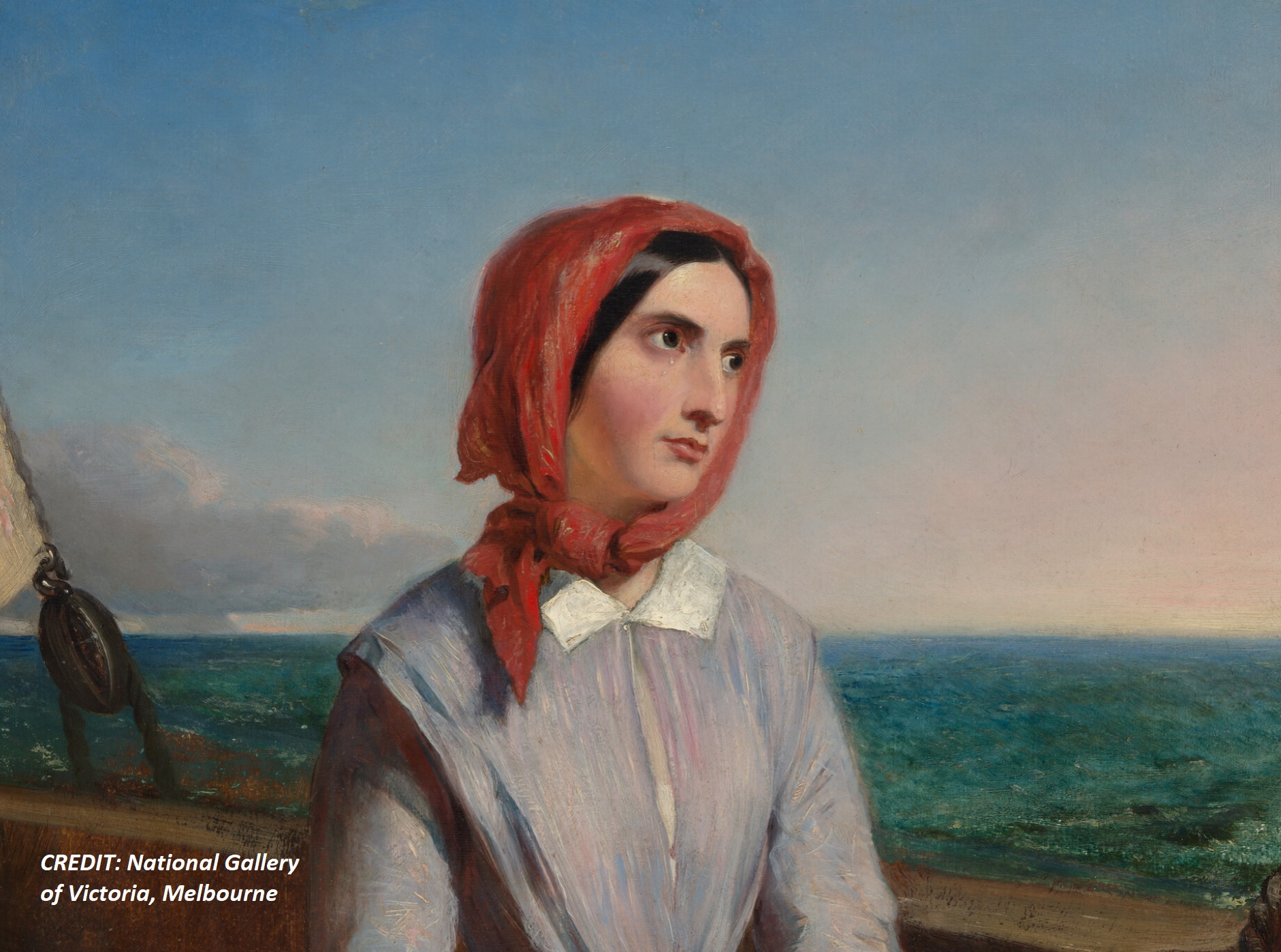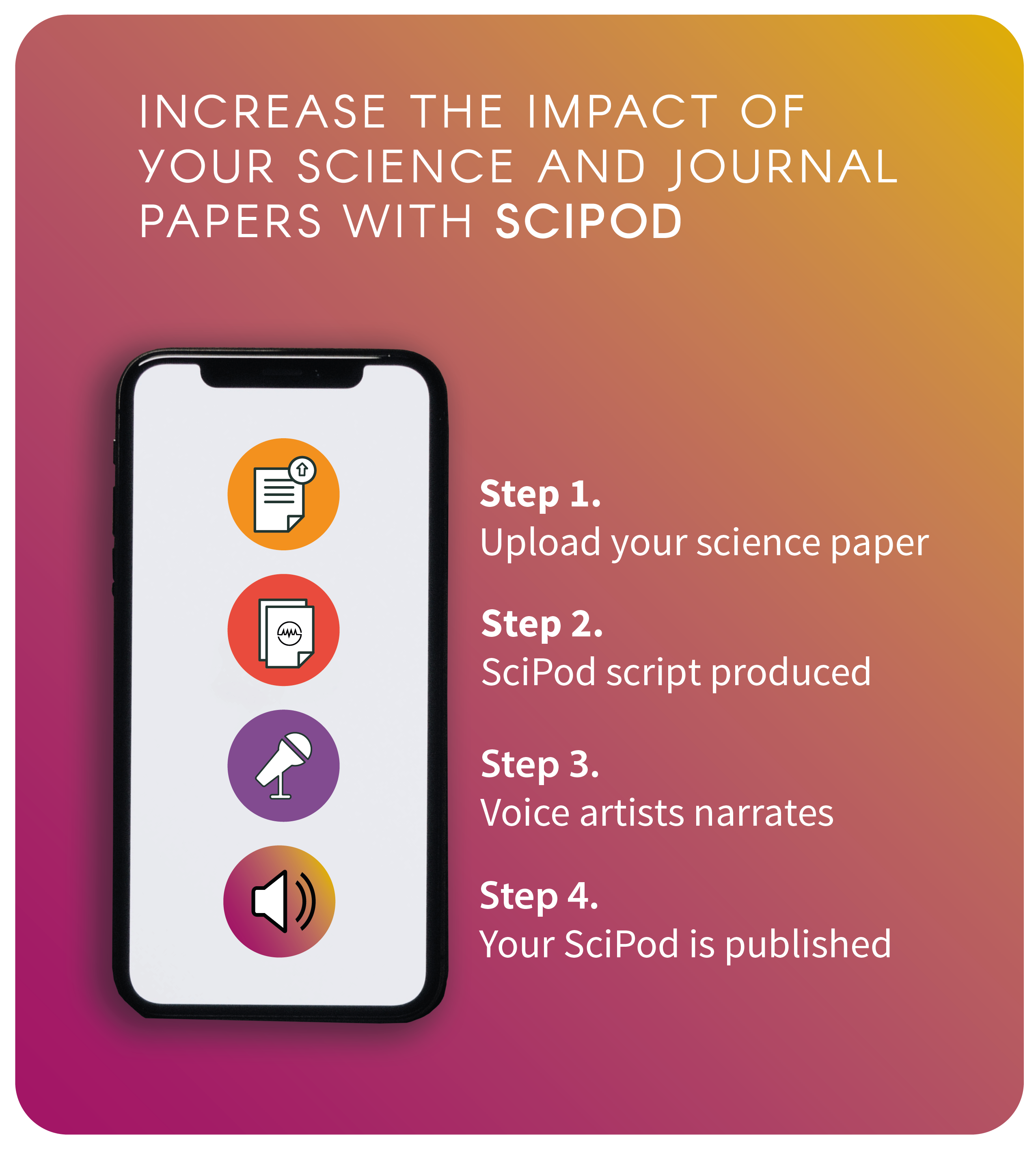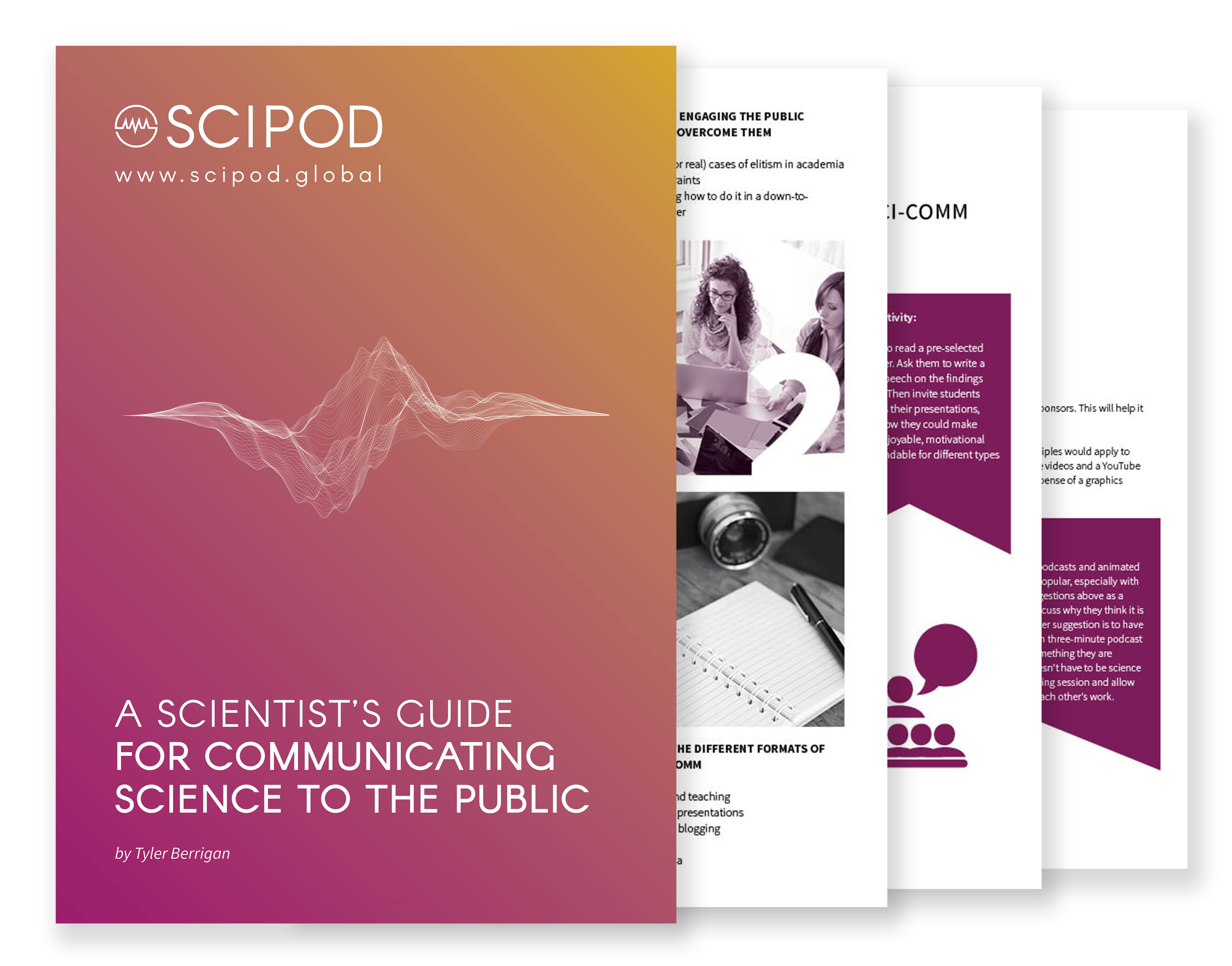Welcome to SciComm Radio
An exclusive interview series with leading scientists and science communicators

Click Below To Listen To A SciPod Radio Episode
Professor Andrea Nanetti | Heritage Science: Seeing Beyond What Is Thinkable to Address 21st Century Challenges
Audiobook
About this episode
The United Nations’ 17 Sustainable Development Goals outline the massive challenges humanity must face to survive on Planet Earth in the 21st Century. All knowledge and experiences accumulated by human societies across time and space could be essential to address these grand challenges. Thus, we should find a way to make this knowledge readily available wherever and whenever decision-makers, heritage stakeholders, and scholars might need it. Professor Andrea Nanetti, an award-winning and internationally recognised expert in Digital Humanities, recently published an open-access paper exploring the opportunities and challenges of using artificial intelligence and machine learning algorithms to leverage human heritage and empower societies to see beyond what is thinkable. More
Original Article Reference
This Audio is a summary of the paper ‘Defining heritage science: A consilience pathway to treasuring the complexity of inheritable human experiences through historical method, AI, and ML’, in Complexity, doi.org/10.1155/2021/4703820
This audiobook project is supported by the Ministry of Education, Singapore, under its Academic Research Fund Tier 1 (RT20/22)
Contact
For further information, you can connect with Professor Andrea Nanetti at andrea@engineeringhistoricalmemory.com.
This work is licensed under a Creative Commons Attribution 4.0 International License. 
What does this mean?
Share: You can copy and redistribute the material in any medium or format
Adapt: You can change, and build upon the material for any purpose, even commercially.
Credit: You must give appropriate credit, provide a link to the license, and indicate if changes were made.
Increase the impact of your research!
More episodes
Ria Nishikawara | Exploring How to Improve Healthcare for Patients with Fibromyalgia
Audiobook
About this episode
Fibromyalgia is a relatively common and yet poorly understood condition characterised by chronic diffuse pain and stiffness, chronic fatigue, poor sleep and cognitive difficulties. Ria Nishikawara at the University of British Columbia and her collaborators Dr Izabela Schultz, Dr Lee Butterfield, and John Murray, carried out a study exploring the unique healthcare experiences of patients diagnosed with fibromyalgia. Their aim was to determine what patients found most helpful and how the available services could be improved. More
Original Article Reference
This Audio is a summary of the paper ‘You have to believe the patient: What do people with fibromyalgia find helpful (and hindering) when accessing health care?’, in the Canadian Journal of Pain, doi.org/10.1080/24740527.2023.2176745
DOI
https://doi.org/10.33548/SCIPOD2
Contact
For further information, you can connect with Ria Nishikawara at rnish@student.ubc.ca
This work is licensed under a Creative Commons Attribution 4.0 International License. 
What does this mean?
Share: You can copy and redistribute the material in any medium or format
Adapt: You can change, and build upon the material for any purpose, even commercially.
Credit: You must give appropriate credit, provide a link to the license, and indicate if changes were made.
Increase the impact of your research!
More episodes
How Multinational Corporations Contribute to Regional Integration Across Africa
Audiobook
About this episode
South Africa’s post-apartheid foreign policy has largely emphasised state-led continental political and economic integration. However, little attention has been paid to the influence of the country’s multinational corporations – or ‘MNCs’ – in this process. MNCs have indeed made an important contribution to increased integration across Africa, due to expansion strategies and the desire to increase market share. Dr Mpumelelo Mkhabela and Professor Christopher Changwe Nshimbi from the Centre for the Study of Governance Innovation at the University of Pretoria argue that we should do more to acknowledge this. More
Original Article Reference
This Audio is a summary of the article ‘Post-Apartheid South Africa and African Continental Integration: The Contribution of South African Multinational Corporations to Integration’ published in the Journal of African Business. You can find the link on eu-renew.eu/podcast/
The External is produced by EU-RENEW, and funded by the European Union’s Erasmus Programme, within the framework of the Jean Monnet Policy Debate EU-RENEW project.
This work is licensed under a Creative Commons Attribution 4.0 International License. 
What does this mean?
Share: You can copy and redistribute the material in any medium or format
Adapt: You can change, and build upon the material for any purpose, even commercially.
Credit: You must give appropriate credit, provide a link to the license, and indicate if changes were made.
Increase the impact of your research!
More episodes
Addressing antimalarial drug resistance in Africa to ensure patients can continue to be saved
Audiobook
About this episode
We are pleased to be joined by Dorothy Achu, Regional Malaria Adviser, WHO African Region; Aimable Mbituyumuremyi, Director, National Malaria Control Program, Ministry of Health, Rwanda; Adam Aspinall, Senior Director, Access and Product Management, and George Jagoe, Executive Vice-President Medicines for Malaria Venture. To learn about antimalarial drug resistance in Africa to ensure patients can continue to be saved.
Contact
For further information, please visit www.mmv.org or www.who.int
This work is licensed under a Creative Commons Attribution 4.0 International License. 
What does this mean?
Share: You can copy and redistribute the material in any medium or format
Adapt: You can change, and build upon the material for any purpose, even commercially.
Credit: You must give appropriate credit, provide a link to the license, and indicate if changes were made.
Increase the impact of your research!
More episodes
Dr Kerstin Kleinschmidt-Doerr | Could R399E Become a Promising Treatment for Restoring Joints and Relieving Pain in Osteoarthritis?
Audiobook
About this episode
Osteoarthritis is a painful and progressive joint disorder that affects hundreds of millions of people worldwide. Typically, the options for treating the condition involve exercise or medication to reduce pain. However, these methods do not target the underlying structural problems in the joints of patients. Recently, researchers have uncovered a genetic susceptibility to osteoarthritis associated with a protein called GDF5, which is involved in skeletal growth and development. Alongside a team of scientists across Europe, Dr Kerstin Kleinschmidt-Doerr at Merck has explored a modified form of the GDF5 protein, named R399E, which showed effects in animal models and in-vitro experiments for treating pain and the underlying structural problems in osteoarthritis. More
Original Article Reference
This Audio is a summary of the paper ‘R399E, A Mutated Form of Growth and Differentiation Factor 5, for Disease Modification of Osteoarthritis’, in Arthritis & Rheumatology, doi.org/10.1002/art.42343
Contact
For further information, you can connect with Dr Kerstin Kleinschmidt-Doerr at kerstin.kleinschmidt-doerr@merckgroup.com
This work is licensed under a Creative Commons Attribution 4.0 International License. 
What does this mean?
Share: You can copy and redistribute the material in any medium or format
Adapt: You can change, and build upon the material for any purpose, even commercially.
Credit: You must give appropriate credit, provide a link to the license, and indicate if changes were made.
Increase the impact of your research!
More episodes
Dr Xiaomu Li | Understanding Diabetes: Revealing the Links Between High Blood Pressure and Insulin Resistance
Audiobook
Understanding Diabetes: Revealing the Links Between High Blood Pressure and Insulin Resistance
About this episode
Cases of type 2 diabetes are on the rise around the world, so gaining a deeper understanding of this chronic condition is vital to ensure early diagnosis and good outcomes for patients. Dr Xiaomu Li and her colleagues at Zhongshan Hospital, Fudan University are conducting important research to understand the risk factors associated with developing type 2 diabetes. Their findings will help healthcare providers to identify patients at high risk of diabetes, enabling early diagnosis and targeted interventions to prevent the development of the condition.
After eating carbohydrates, a person’s blood sugar levels begin to rise. The pancreas then usually releases a hormone called insulin into the blood, which helps sugar in the blood to become absorbed into the body’s cells for use as an energy source. More
Original Article Reference
This Audio is a summary of the paper ‘Interaction of Hypertension and Insulin Resistance Exacerbates the Occurrence of Diabetes Mellitus in Healthy Individuals’, article of the year 2022, in the Journal of Diabetes Research. doi.org/10.1155/2022/9289812
Contact
For further information, you can connect with Dr Xiaomu Li at li.xiaomu@zs-hospital.sh.cn
This work is licensed under a Creative Commons Attribution 4.0 International License. 
What does this mean?
Share: You can copy and redistribute the material in any medium or format
Adapt: You can change, and build upon the material for any purpose, even commercially.
Credit: You must give appropriate credit, provide a link to the license, and indicate if changes were made.
Increase the impact of your research!
More episodes
Dr David Mather | A Promising Approach to Prevent Children from Developing Dyslexia
Audiobook
About this episode
Studies suggest that children who rely more on vision from their left eye could be more likely to develop dyslexia if they learn to write using pathways in the right brain hemisphere. Dr David Mather, a researcher at the University of Victoria, recently published a paper reviewing these findings. He outlines a proposed approach to teaching writing skills that could prevent these children from developing dyslexia. This approach involves teaching children to write when they are 7 or 8 years old, when the human brain is better at mapping and memorising entire words. More
Original Article Reference
This Audio is a summary of the paper ‘Preventing children from developing dyslexia: A premature writing hypothesis’, in Perceptual and Motor Skills, doi.org/10.1177/00315125221075001
Contact
For further information, you can connect with Dr David S. Mather at dmather@uvic.ca
This work is licensed under a Creative Commons Attribution 4.0 International License. 
What does this mean?
Share: You can copy and redistribute the material in any medium or format
Adapt: You can change, and build upon the material for any purpose, even commercially.
Credit: You must give appropriate credit, provide a link to the license, and indicate if changes were made.
Increase the impact of your research!
More episodes
Dr Millie Nakatsuka | Decoding Dizziness in the Emergency Room
Audiobook
About this episode
Acute vestibular syndrome is one of the most common reasons people present at hospital with dizziness. The symptoms can arise from damage within the brain or the ear, and specialist medical knowledge or equipment is typically needed to determine the specific cause. Dr Nakatsuka from the University of Sydney in Australia has conducted a large-scale analysis and review of the published literature to determine whether well-trained emergency physicians can differentiate between the two causes, using a quick bedside physical examination without expensive special equipment. More
Original Article Reference
This Audio is a summary of the paper: ‘The HINTS examination and STANDING algorithm in acute vestibular syndrome: A systematic review and meta-analysis involving frontline point-of-care emergency physicians’, in PLoS ONE, doi.org/10.1371/journal.pone.0266252
Contact
For further information, you can connect with Dr Millie Nakatsuka at Millie.Nakatsuka@health.qld.gov.au
This work is licensed under a Creative Commons Attribution 4.0 International License. 
What does this mean?
Share: You can copy and redistribute the material in any medium or format
Adapt: You can change, and build upon the material for any purpose, even commercially.
Credit: You must give appropriate credit, provide a link to the license, and indicate if changes were made.
Increase the impact of your research!
More episodes
Multiverse of Madness: A Social-Ecological Tipping Point Analysis
Audiobook
About this episode
Humans have driven dramatic environmental changes – most of which have a negative impact on us and other species. Today, we can only understand ecological systems by integrating the impacts of human activities, driven by our social systems. These social-ecological systems are dynamic, consisting of feedback loops and several interacting sub-systems – such as forests and agricultural production. The resilience of these systems is dependent on diversity – be it ecological or social. Beyond a certain point, a sub-system may cross a tipping point that changes the state of the whole system, potentially irreversibly, ushering in a new social-ecological state, which is typically less favourable than the former state. In recent research, an international team of experts has developed an advanced analytical framework to examine the tipping points within the social-ecological multiverse of the Southwestern Amazon. More
Original Article Reference
This Audio is a summary of the paper ‘Describing complex interactions of social-ecological systems for tipping point assessments: an analytical framework’, in Frontiers in Climate, 2023 doi.org/10.3389/fclim.2023.1145942
Contact
For further information, you can connect with Dr Hermann Jungkunst at hermann.jungkunst@rptu.de or visit the website of the PRODIGY research project at prodigy-biotip.org
This work is licensed under a Creative Commons Attribution 4.0 International License. 
What does this mean?
Share: You can copy and redistribute the material in any medium or format
Adapt: You can change, and build upon the material for any purpose, even commercially.
Credit: You must give appropriate credit, provide a link to the license, and indicate if changes were made.
Increase the impact of your research!
More episodes
Professor Anne Summach – Titus Chan – Tammy O’Rourke | A New Index to Assess Frailty and Promote Healthy Ageing
Audiobook
About this episode
In their recent research, Anne Summach, Titus Chan and Tammy O’Rourke at the University of Alberta explore the factors that determine healthy ageing and frailty in seniors. They formulate and test a new index for assessing strengths and deficits in individuals to create targeted interventions. More
Original Article Reference
This Audio is a summary of the paper ‘Healthy Aging Asset Index: A Novel Approach to Assessment and Intervention’, in The Journal of Aging and Social Change, doi.org/10.18848/2576-5310/CGP/v13i02/87-102.
Contact
For further information, you can connect with Professor Anne Summach at summach@ualberta.ca
This work is licensed under a Creative Commons Attribution 4.0 International License. 
What does this mean?
Share: You can copy and redistribute the material in any medium or format
Adapt: You can change, and build upon the material for any purpose, even commercially.
Credit: You must give appropriate credit, provide a link to the license, and indicate if changes were made.
Increase the impact of your research!
More episodes
Professor Bertrand Guillotin | Julianne Sellin – Should I Stay or Should I Go: International Companies in the Russian Market During the Ukrainian Invasion
Audiobook
About this episode
In a recent paper, Professor Bertrand Guillotin and Julianne Sellin of Temple University discuss the difficult decision demanded of international companies operating in Russia at the beginning of the Ukrainian invasion. They explore this using the case study of Auchan, an international grocery retailer that had invested huge amounts of resources into the Russian market and had a tough decision to make. More
Original Article Reference
This Audio is a summary of the case study ‘Auchan: International Expansion and Market Exit Dilemma’, material for class discussion. It was published by Ivey Publishing and is also distributed worldwide by Harvard Publishing.
Contact
For further information, you can connect with Professor Bertrand Guillotin at bertrand.guillotin@temple.edu and Julianne Sellin at julianne.sellin@temple.edu at Temple University’s Fox School of Business in Philadelphia, USA.
This work is licensed under a Creative Commons Attribution 4.0 International License. 
What does this mean?
Share: You can copy and redistribute the material in any medium or format
Adapt: You can change, and build upon the material for any purpose, even commercially.
Credit: You must give appropriate credit, provide a link to the license, and indicate if changes were made.
Increase the impact of your research!
More episodes
Dr Jay Mellies | Using Hungry Microbes to Devour Plastic Pollution
Audiobook
About this episode
Plastic pollution is accelerating the destruction of our planet. Discarded plastic can be found in the remotest areas – from the highest mountain tops to the deepest ocean trenches. As many types of plastic take hundreds of years to break down, finding better solutions to the plastic crisis is vital. In recent research, Dr Jay Mellies from Reed College in Oregon examines the ability of microbes to break down mixed-plastic waste. More
Original Article Reference
This Audio is a summary of the paper ‘Microbial Consortia and Mixed Plastic Waste: Pangenomic Analysis Reveals Potential for Degradation of Multiple Plastic Types via Previously Identified PET Degrading Bacteria’, in International Journal of Molecular Sciences, doi.org/10.3390/ijms23105612
Contact
For further information, you can connect with Dr Jay Mellies at jay.mellies@reed.edu
This work is licensed under a Creative Commons Attribution 4.0 International License. 
What does this mean?
Share: You can copy and redistribute the material in any medium or format
Adapt: You can change, and build upon the material for any purpose, even commercially.
Credit: You must give appropriate credit, provide a link to the license, and indicate if changes were made.
Increase the impact of your research!
More episodes
Dr Ari Jumpponen | Exploring How Soil Fungi Respond to Drought
Audiobook
About this episode
Both the frequency and intensity of droughts are forecast to increase in climate change predictions. It is well established that plant communities are sensitive to drought conditions, having implications for agriculture, forestry, and wild habitats. Despite the close association between soil fungi and plants, our understanding of how fungal communities respond to drought remains incomplete. To build this understanding, Dr Ari Jumpponen and his colleagues at Kansas State University used a combination of pure culture- and DNA-based techniques to study soil fungal communities exposed to chronic drought conditions. More
Original Article Reference
This Audio is a summary of the paper ‘Soil fungal communities are compositionally resistant to drought manipulations – Evidence from culture-dependent and culture-independent analyses’, in Fungal Ecology, doi.org/10.1016/j.funeco.2021.101062
Contact
For further information, you can connect with Dr Ari Jumpponen at ari@ksu.edu
This work is licensed under a Creative Commons Attribution 4.0 International License. 
What does this mean?
Share: You can copy and redistribute the material in any medium or format
Adapt: You can change, and build upon the material for any purpose, even commercially.
Credit: You must give appropriate credit, provide a link to the license, and indicate if changes were made.
Increase the impact of your research!
More episodes
Dr Benjamin Scherlag | Could the Soul Be a Biophysical Reality?
Audiobook
About this episode
The idea that human beings have souls that leave their body after death is an essential part of most religions and spiritual beliefs. However, this has been very difficult to prove scientifically. Benjamin Scherlag, Ronald Scherlag, Tarun Dasari and Sunny Po at the University of Oklahoma Health Science Centre recently investigated the existence of a soul by conducting a series of scientific studies. They carried out these experiments on a dwarf form of the organism Stentor coeruleus, which is known for its regenerative abilities. More
Original Article Reference
This Audio is a summary of the paper ‘The soul is a biophysical reality: Review of the Experimental Evidence’, in Environmental Sciences and Ecology: Current Research (ESECR). doi.org/10.54026/ESECR/1056
Contact
For further information, you can connect with Dr Benjamin Scherlag at Benjamin-scherlag@ouhsc.edu
This work is licensed under a Creative Commons Attribution 4.0 International License. 
What does this mean?
Share: You can copy and redistribute the material in any medium or format
Adapt: You can change, and build upon the material for any purpose, even commercially.
Credit: You must give appropriate credit, provide a link to the license, and indicate if changes were made.
Increase the impact of your research!
More episodes
Dr Abheetha Peiris | An Innovative Approach to Strengthening Steel and Concrete Structures
Audiobook
About this episode
As they age, steel and concrete structures often need to be retrofitted. One such way of strengthening is with Carbon Fibre Reinforced Polymer – or ‘CFRP’ – laminates. For certain applications, however, this can be a difficult and time-consuming process, and the resulting laminates are prone to debonding. In his research, Dr Abheetha Peiris at the University of Kentucky developed a new type of strengthening in the form of CFRP strip and rod panels. The panels can slot together seamlessly – making them less prone to failure, and far easier to assemble. Through a series of experiments and field applications, he revealed how the new method can be applied for retrofitting both steel and concrete structures. More
Original Article Reference
This Audio is a summary of the papers ‘Steel beam strengthening with UHM CFRP strip panels,’ in Engineering Structures, doi.org/10.1016/j.engstruct.2020.111395, and ‘Experimental study on RC beams strengthened with CFRP rod panels,’ in Engineering Structures, doi.org/10.1016/j.engstruct.2018.06.105
Contact
For further information, you can connect with Dr Abheetha Peiris at abheetha.peiris@uky.edu
This work is licensed under a Creative Commons Attribution 4.0 International License. 
What does this mean?
Share: You can copy and redistribute the material in any medium or format
Adapt: You can change, and build upon the material for any purpose, even commercially.
Credit: You must give appropriate credit, provide a link to the license, and indicate if changes were made.
Increase the impact of your research!
More episodes
Professor Nancy Rader | Teaching Infants New Words With ‘Show Gestures’
Audiobook
About this episode
Before an infant can learn the link between a word and an object by following a pointing gesture, Professor Nancy Rader’s team has found that infants can learn this association through ‘show gestures’. Show gestures entail bringing an object towards the child and rotating it, while synchronizing the movements with speech. While the effect of show gestures decreases with age during childhood, Rader and her colleagues have found that non-verbal children on the autism spectrum are very sensitive to this information, performing as well in learning words as age-matched typically-developing children. More
Original Article Reference
This SciPod is a summary of the paper ‘Show gestures direct attention to word-object relations in typically developing and Autistic Spectrum Disorder children’, in the journal Language Sciences. doi.org/10.1016/j.langsci.2021.101414
Contact
For further information, you can connect with Professor Nancy Rader at rader@ithaca.edu
This work is licensed under a Creative Commons Attribution 4.0 International License. 
What does this mean?
Share: You can copy and redistribute the material in any medium or format
Adapt: You can change, and build upon the material for any purpose, even commercially.
Credit: You must give appropriate credit, provide a link to the license, and indicate if changes were made.
Increase the impact of your research!
More episodes
Thomas Kleinig | Preventing Satellite Collisions with Ionospheric Drag
Audiobook
About this episode
Satellites are vital to modern civilization, powering the GPS in our phones, enabling long-range communication, and giving us insights into Earth’s climate and the universe beyond. We now launch thousands of new satellites into space each year, dramatically increasing the risk of collisions. Such satellite collisions create debris that can damage more satellites. Thomas Kleinig and his colleagues are developing and testing a new approach to avoid collisions by exploiting a unique property of the thin atmosphere that satellites travel through. More
Original Article Reference
This Audio is a summary of the paper ‘Collision avoidance of satellites using ionospheric drag’, in Acta Astronautica. doi.org/10.1016/j.actaastro.2022.03.017
Contact
For further information, you can connect with Thomas Kleinig at t.kleinig@unswalumni.com
This work is licensed under a Creative Commons Attribution 4.0 International License. 
What does this mean?
Share: You can copy and redistribute the material in any medium or format
Adapt: You can change, and build upon the material for any purpose, even commercially.
Credit: You must give appropriate credit, provide a link to the license, and indicate if changes were made.
Increase the impact of your research!
More episodes
Professor Radu Mares | Exploring the UN’s Role in Regulating Transnational Corporations
Audiobook
About this episode
In a recent paper, Professor Radu Mares of Lund University in Sweden examines the UN’s recent efforts to create an international treaty for addressing human rights violations involving transnational corporations. He explores the history and context of this work and interrogates its effectiveness. More
Original Article Reference
This Audio is a summary of the article ‘Regulating transnational corporations at the United Nations – the negotiations of a treaty on business and human rights’, in The International Journal of Human Rights. http://doi.org/10.1080/13642987.2022.2036133
Contact
For further information, you can connect with Professor Radu Mares at radu.mares@rwi.lu.se
This work is licensed under a Creative Commons Attribution 4.0 International License. 
What does this mean?
Share: You can copy and redistribute the material in any medium or format
Adapt: You can change, and build upon the material for any purpose, even commercially.
Credit: You must give appropriate credit, provide a link to the license, and indicate if changes were made.
Increase the impact of your research!
More episodes
Dr George Rupp | Modelling Mesons: Uncovering Subatomic Particle Interactions
Audiobook
About this episode
To understand how the smallest known particles in our universe form structures, scientists need to use sophisticated mathematical models and techniques. These help scientists to estimate the energies of these particles, to work out how they combine and interact. In a recent paper, Dr Eef Van Beveren from the Centre for Physics of the University of Coimbra and Dr George Rupp from the Centre of Physics and Engineering of Advanced Materials of the University of Lisbon review the techniques that have led to scientific discoveries about mesons – subatomic particles that exist for tiny fractions of a second. They also discuss how such techniques may evolve into the future. More
Dedication
This Audio is dedicated to the memory of Dr Eef Van Beveren, who sadly passed away in December 2022
Original Article Reference
This Audio is a summary of the paper ‘Modern meson spectroscopy: The fundamental role of unitarity’, in Progress in Particle and Nuclear Physics, doi.org/10.1016/j.ppnp.2020.103845
Contact
For further information, you can connect with Dr George Rupp at george@ist.utl.pt
This work is licensed under a Creative Commons Attribution 4.0 International License. 
What does this mean?
Share: You can copy and redistribute the material in any medium or format
Adapt: You can change, and build upon the material for any purpose, even commercially.
Credit: You must give appropriate credit, provide a link to the license, and indicate if changes were made.
Increase the impact of your research!
More episodes
Axel Marx | Oliver Westerwinter – Understanding How the EU Interacts with Global Governance Institutions
AudioPod
About this episode
The importance of the EU in global governance has been well researched. However, systematic analysis of the way it interacts with other international organisations has been side-lined. To address this gap, Axel Marx the University of Leuven and Oliver Westerwinter at the University of St. Gallen introduce a special issue of the Journal of European Integration. The research published in this issue explores how the EU interacts with different types of global governance institutions. More
Original Article Reference
This Audio is a summary of the paper ‘An ever more entangled Union? The European Union’s interactions with global governance institutions’, in Journal of European Integration. doi.org/10.1080/07036337.2022.2080819
The papers of the special issue are available in open access.
This Audio was produced in collaboration with The External, a podcast by EU-Renew. It was funded by the European Union’s Erasmus Programme, within the framework of the Jean Monnet Policy Debate EU-RENEW project.
Contact
For further information, you can connect with Axel Marx at axel.marx@kuleuven.be
This work is licensed under a Creative Commons Attribution 4.0 International License. 
What does this mean?
Share: You can copy and redistribute the material in any medium or format
Adapt: You can change, and build upon the material for any purpose, even commercially.
Credit: You must give appropriate credit, provide a link to the license, and indicate if changes were made.
Increase the impact of your research!
More episodes
Dr Tony Ward | Why Do Many Migrants Retrace their Steps? Clues from 19th Century Australia
AudioPod
About this episode
Migrants travel hopefully, dreaming of better lives. Some are successful, some less so. Many in both groups ultimately decide to return to their home country. Dr Tony Ward, a University of Melbourne historian, is himself a migrant, and descended from a family that returned from Australia. He sought out other stories of return migration from Australia to the UK in the 19th Century. His studies shed light on more general questions. How many migrants return? Which migrants are more likely to make the trip home? And why? More
Original Article Reference
This SciPod is a summary of the paper ‘Return migration from nineteenth century Australia: Key drivers and gender differences’, in Australian Economic History Review. DOI: https://doi.org/10.1111/aehr.12212.
Contact
For further information, you can connect with Tony Ward at tonyward@bigpond.net.au
This work is licensed under a Creative Commons Attribution 4.0 International License. 
What does this mean?
Share: You can copy and redistribute the material in any medium or format
Adapt: You can change, and build upon the material for any purpose, even commercially.
Credit: You must give appropriate credit, provide a link to the license, and indicate if changes were made.
Increase the impact of your research!
More episodes
Dr Gita Kolluru | Dylan Lanser | Dr Larisa Vredevoe – Reproductive Consequences for Tick-Infested Lizards
AudioPod
About this episode
Each year, male Western fence lizards bob, charge, and battle rivals for a chance to win mates. For many of them, tick infestations threaten to hinder their best efforts by harming the lizards’ health. But just how harmful is tick parasitism for these unfortunate lizard hosts? In their recent research, Dylan Lanser, Dr Larisa Vredevoe, and Dr Gita Kolluru at California Polytechnic State University aimed to answer this question by staging contests between tick-free and tick-infested lizards. More
Original Article Reference
This Audio is a summary of the paper ‘Tick parasitism impairs contest behavior in the western fence lizard (Sceloporus occidentalis)’, in Behavioral Ecology and Sociobiology. doi.org/10.1007/s00265-021-02980-y
Contact
For further information, you can connect with Dr Gita Kolluru at gkolluru@calpoly.edu
This work is licensed under a Creative Commons Attribution 4.0 International License. 
What does this mean?
Share: You can copy and redistribute the material in any medium or format
Adapt: You can change, and build upon the material for any purpose, even commercially.
Credit: You must give appropriate credit, provide a link to the license, and indicate if changes were made.
Increase the impact of your research!
More episodes
Dr Rok Kostanjšek | Revealing the Olm Salamander’s Secrets to Advance Biomedical Research
AudioPod
About this episode
The genetic secrets to extraordinary longevity, superhero-like healing and regeneration, and resistance to feeding disorders could be found hidden within the Earth. In underground caves in Dinaric Karst along the Adriatic Sea in the Western Balkans lives a cave salamander, the olm, whose remarkable adaptations mean its genome holds great promise for biomedical research. Dr Rok Kostanjšek and an international team of scientists at the Proteus Genome Research Consortium are tackling the challenge of sequencing the huge olm genome, to provide the basis for studying its unique genetic characteristics. More
Original Article Reference
This Audio is a summary of the paper ‘Toward the massive genome of Proteus anguinus – illuminating longevity, regeneration, convergent evolution, and metabolic disorders’, in Annals of the New York Academy of Sciences. doi.org/10.1111/nyas.14686
Contact
For further information, you can connect with Dr Rok Kostanjšek at rok.kostanjsek@bf.uni-lj.si
This work is licensed under a Creative Commons Attribution 4.0 International License. 
What does this mean?
Share: You can copy and redistribute the material in any medium or format
Adapt: You can change, and build upon the material for any purpose, even commercially.
Credit: You must give appropriate credit, provide a link to the license, and indicate if changes were made.
Increase the impact of your research!
More episodes
Dr Youzhong Guo | Accelerating Our Understanding of Cell Membranes
AudioPod
About this episode
Cell membranes are critical for life. Effectively extracting proteins with naturally associated lipids from cell membranes is necessary for research, but traditional methods may damage these membrane components and limit the accuracy of scientific data. Dr Youzhong Guo at Virginia Commonwealth University has recently developed a revolutionary method for extracting membrane components in the form of Native Cell Membrane Nanoparticles. His team’s exciting work advances our understanding of the structure, function and interactions of membrane proteins and lipids. More
Original Article Reference
This Audio is a summary of the papers: ‘Detergent-free systems for structural studies of membrane proteins’, in Biochemical Society Transactions, doi.org/10.1042/BST20201080; ‘A native cell membrane nanoparticles system allows for high-quality functional proteoliposome reconstitution’, in BBA Advances, doi.org/10.1016/j.bbadva.2021.100011; and ‘Native Cell Membrane Nanoparticles System for Membrane Protein-Protein Interaction Analysis’, in Journal of Visualized Experiments, doi.org/10.3791/61298.
Contact
For further information, you can connect with Dr Youzhong Guo at yguo4@vcu.edu
This work is licensed under a Creative Commons Attribution 4.0 International License. 
What does this mean?
Share: You can copy and redistribute the material in any medium or format
Adapt: You can change, and build upon the material for any purpose, even commercially.
Credit: You must give appropriate credit, provide a link to the license, and indicate if changes were made.
Increase the impact of your research!
More episodes
Clare Jensen | Can Dogs Improve the Mental Well-being of Paediatric Healthcare Professionals?
AudioPod
About this episode
Paediatric healthcare workers often experience poor mental health and burnout. While specially trained facility dogs have been found to positively impact patient well-being, little research has focused on the benefits for professionals. Clare Jensen and her colleagues from Purdue University and the University of Arizona have undertaken a study demonstrating the positive impact these dogs can have on the mental health of paediatric healthcare workers. More
Original Article Reference
This SciPod is a summary of the paper ‘The effects of facility dogs on burnout, job-related well-being, and mental health in paediatric hospital professionals’, from the Journal of Clinical Nursing. DOI: https://doi.org/10.1111/jocn.15694.
This work is licensed under a Creative Commons Attribution 4.0 International License. 
What does this mean?
Share: You can copy and redistribute the material in any medium or format
Adapt: You can change, and build upon the material for any purpose, even commercially.
Credit: You must give appropriate credit, provide a link to the license, and indicate if changes were made.
Increase the impact of your research!
More episodes
Dr Nina Gmeiner | 21st Century Trends in Property Regimes: Progressive Commons
VideoPod
About this episode
The ownership of goods, including both material objects and immaterial goods such as intellectual property, is defined by property regimes. Property regimes are sets of rules that define ownership. They determine who can own goods, legitimate ways of acquiring and using them, and duties associated with owning them. Two important categories of property regimes are private property and common property regimes. Private property regimes focus on ownership by a single person or entity, while common property regimes involve ownership by several people or entities. Nina Gmeiner and her colleagues from the research project RightSeeds explored the recent emergence of a class of property regimes known as progressive commons. More
Original Article Reference
Summary of the paper, ‘New Values for New Challenges: The Emergence of Progressive Commons as a Property Regime for the 21st Century,’ in Ethics, Policy & Environment, doi.org/10.1080/21550085.2020.1848194
This research is part of the research project ‘RightSeeds – Common-based rights on seeds and seed varieties for a social-ecological transformation of plant cultivation’, funded by the German Federal Ministry for Education and Research (BMBF) under grant 01UU1602A as part of the program ‘Research for sustainable development’ (FONA).
Contact
For further information, you can connect with Dr Nina Gmeiner at nina.gmeiner@uni-oldenburg.de
This work is licensed under a Creative Commons Attribution 4.0 International License. 
What does this mean?
Share: You can copy and redistribute the material in any medium or format
Adapt: You can change, and build upon the material for any purpose, even commercially.
Credit: You must give appropriate credit, provide a link to the license, and indicate if changes were made.
Increase the impact of your research!
More episodes
Professor Junhong Chu | Exploring Geographical Differences in Branding Across China
AudioPod
About this episode
Past studies unveiled geographic associations in branding, with consumers in different locations preferentially purchasing goods from specific countries or regions. Professor Junhong Chu at Hong Kong University and the National University of Singapore recently carried out a study exploring inequalities and geographical differences in the patterns of trade between different Chinese provinces. Her findings highlight different factors that can contribute to these observed geographic branding asymmetries, including distance, home-biases, migration, ethnicity, and cultural similarities.More
Original Article Reference
This Audio is a summary of the paper ‘Geography as branding: Descriptive evidence from Taobao’, in Quantitative Marketing and Economics. doi.org/10.1007/s11129-020-09232-9
Contact
For further information, you can connect with Professor Junhong Chu at bizcj@nus.edu.sg
This work is licensed under a Creative Commons Attribution 4.0 International License. 
What does this mean?
Share: You can copy and redistribute the material in any medium or format
Adapt: You can change, and build upon the material for any purpose, even commercially.
Credit: You must give appropriate credit, provide a link to the license, and indicate if changes were made.
Increase the impact of your research!
More episodes
Dr Selina Våge | Modelling Microbes to Understand Ecosystem Dynamics and Infectious Diseases
VideoPod
About this episode
Microbes are found in almost every environment on the planet. These microscopic organisms – such as bacteria and viruses – play important and diverse roles in shaping ecosystems as well as in the development of infectious diseases. Advanced techniques developed over the last four decades have revealed a complex set of interactions between microbes and their environment. Combining these techniques with sophisticated modelling could help us understand the mechanisms that drive microbial biodiversity, evolution, and ecosystem structure and function. More
Original Article Reference
Summary of the papers ‘Individual-based model highlights the importance of trade-offs for virus-host population dynamics and long-term co-existence’, doi.org/10.1371/journal.pcbi.1010228,
and ‘Simple models combining competition, defence and resource availability have broad implications in pelagic microbial food webs’, doi.org/10.1111/ele.13122
Financial support for this video was provided by the Trond Mohn Research Foundation through project number TMS2018REK02, by the University of Bergen, by the European Commission through project OCEAN-CERTAIN and by the Research Council of Norway through project number 225956/E10 ‘MicroPolar’.
Contact
For further information, you can connect with Dr Selina Våge at selina.vage@uib.no
This work is licensed under a Creative Commons Attribution 4.0 International License. 
What does this mean?
Share: You can copy and redistribute the material in any medium or format
Adapt: You can change, and build upon the material for any purpose, even commercially.
Credit: You must give appropriate credit, provide a link to the license, and indicate if changes were made.
Increase the impact of your research!
More episodes
Professor Eckehard Schöll | Understanding Spontaneous Synchronisation in Epileptic Seizures
VideoPod
About this episode
Our brain’s network structure consists of many interconnected regions, each containing billions of neurons. Many neurons within one region fire electrical signals at the same time, in synchrony, and even neurons across different regions may synchronise. These are known as synchronous clusters. The collective firing of neurons in synchronous clusters is believed to create brainwaves. Brainwave measurements of patients with epilepsy have shown that during seizures, there can be episodes of excessive synchrony. The mechanisms behind these episodes are not well understood. More
Original Article Reference
Summary of the paper ‘FitzHugh–Nagumo oscillators on complex networks mimic epileptic-seizure-related synchronization phenomena’, by Moritz Gerster, Rico Berner, Jakub Sawicki, Anna Zakharova, Antonín Škoch, Jaroslav Hlinka, Klaus Lehnertz and Eckehard Schöll, in Chaos 30, 123130 (2020), doi.org/10.1063/5.0021420
Contact
For further information, you can connect with Professor Eckehard Schöll at schoell@physik.tu-berlin.de
This work is licensed under a Creative Commons Attribution 4.0 International License. 
What does this mean?
Share: You can copy and redistribute the material in any medium or format
Adapt: You can change, and build upon the material for any purpose, even commercially.
Credit: You must give appropriate credit, provide a link to the license, and indicate if changes were made.
Increase the impact of your research!
More episodes
Taher Saif | Dr Andrew Holle – Mechanobiology – Exploring the Mechanics of Cell Behaviour
VideoPod
About this episode
Extracellular biophysical cues have a profound influence on a wide range of cell behaviors, including growth, motility, differentiation, apoptosis, gene expression, adhesion, and signal transduction. Cells not only respond to definitively mechanical cues from the extracellular matrix (ECM) but can also sometimes alter the mechanical properties of the matrix and hence influence subsequent matrix-based cues in both physiological and pathological processes. Interactions between cells and materials in vitro can modify cell phenotype and ECM structure, whether intentionally or inadvertently. Interactions between cell and matrix mechanics in vivo are of particular importance in a wide variety of disorders, including cancer, central nervous system injury, fibrotic diseases, and myocardial infarction. Both the in vitro and in vivo effects of this coupling between mechanics and biology hold important implications for clinical applications.
Original Article Reference
Summary of the papers ‘Cell–Extracellular Matrix Mechanobiology: Forceful Tools and Emerging Needs for Basic and Translational Research’ from Nano Letters https://doi.org/10.1021/acs.nanolett.7b04982
Contact
For further information, you can connect with Professor Taher Saif at saif@illinois.edu
This work is licensed under a Creative Commons Attribution 4.0 International License. 
What does this mean?
Share: You can copy and redistribute the material in any medium or format
Adapt: You can change, and build upon the material for any purpose, even commercially.
Credit: You must give appropriate credit, provide a link to the license, and indicate if changes were made.


